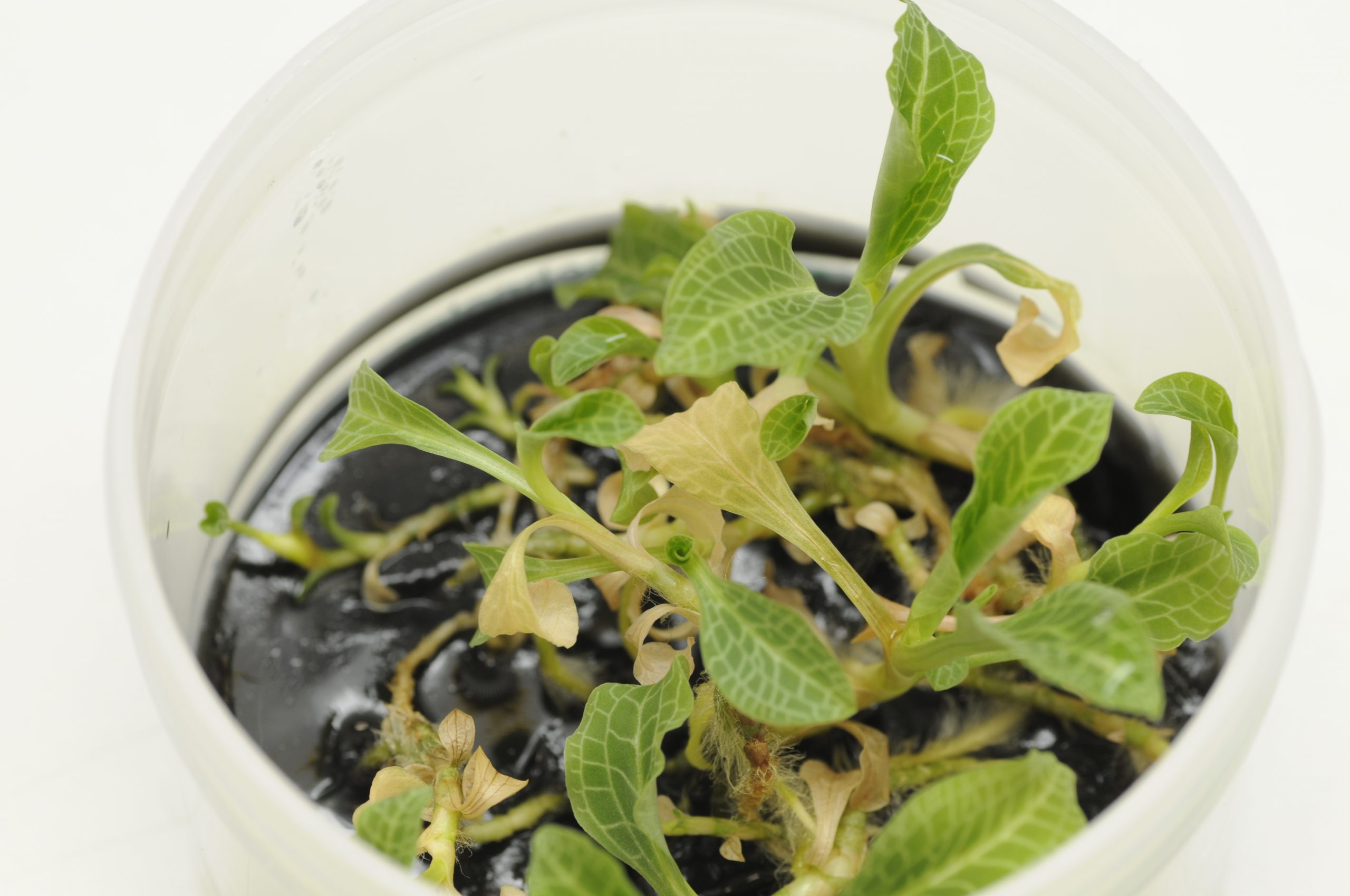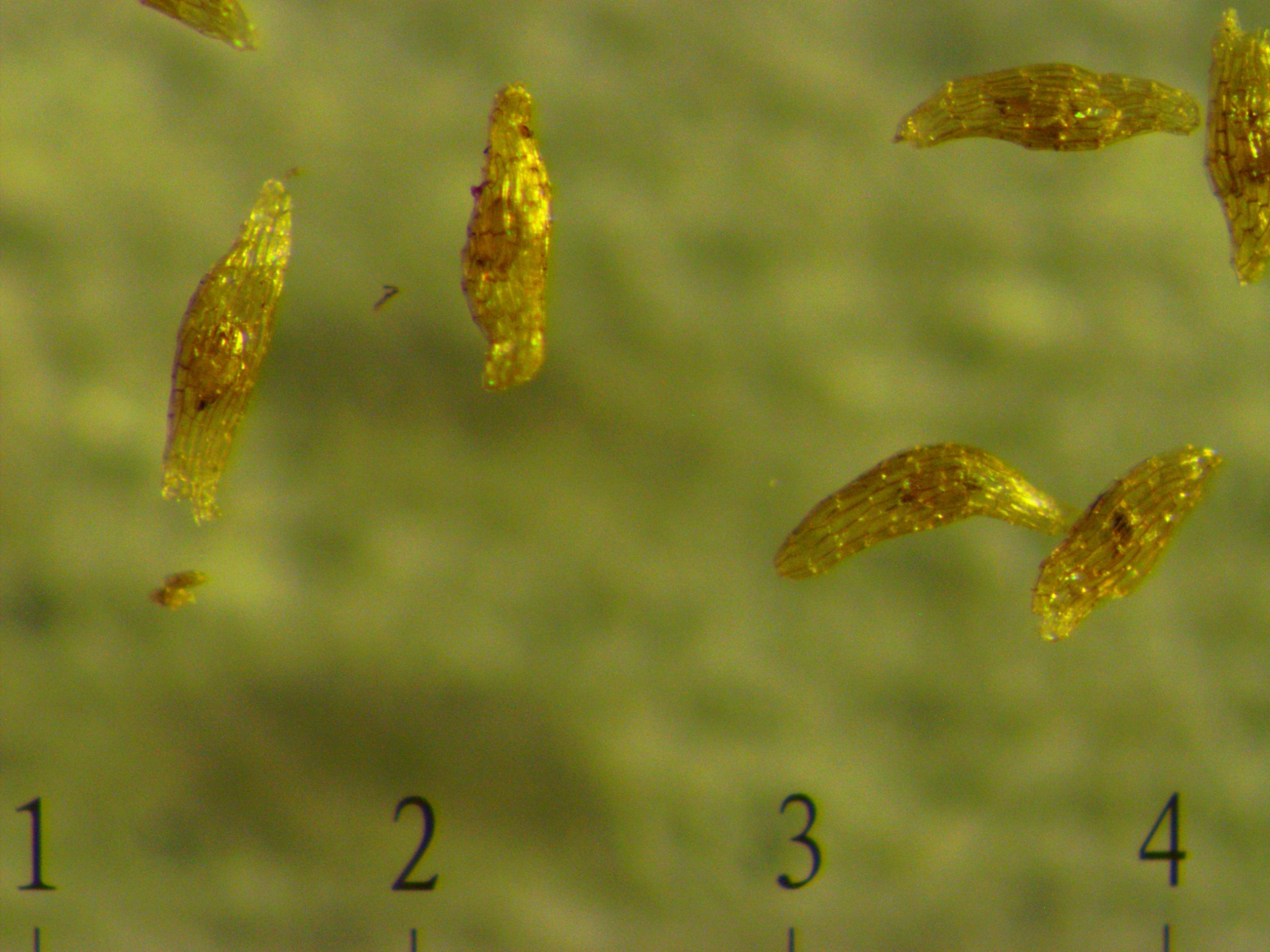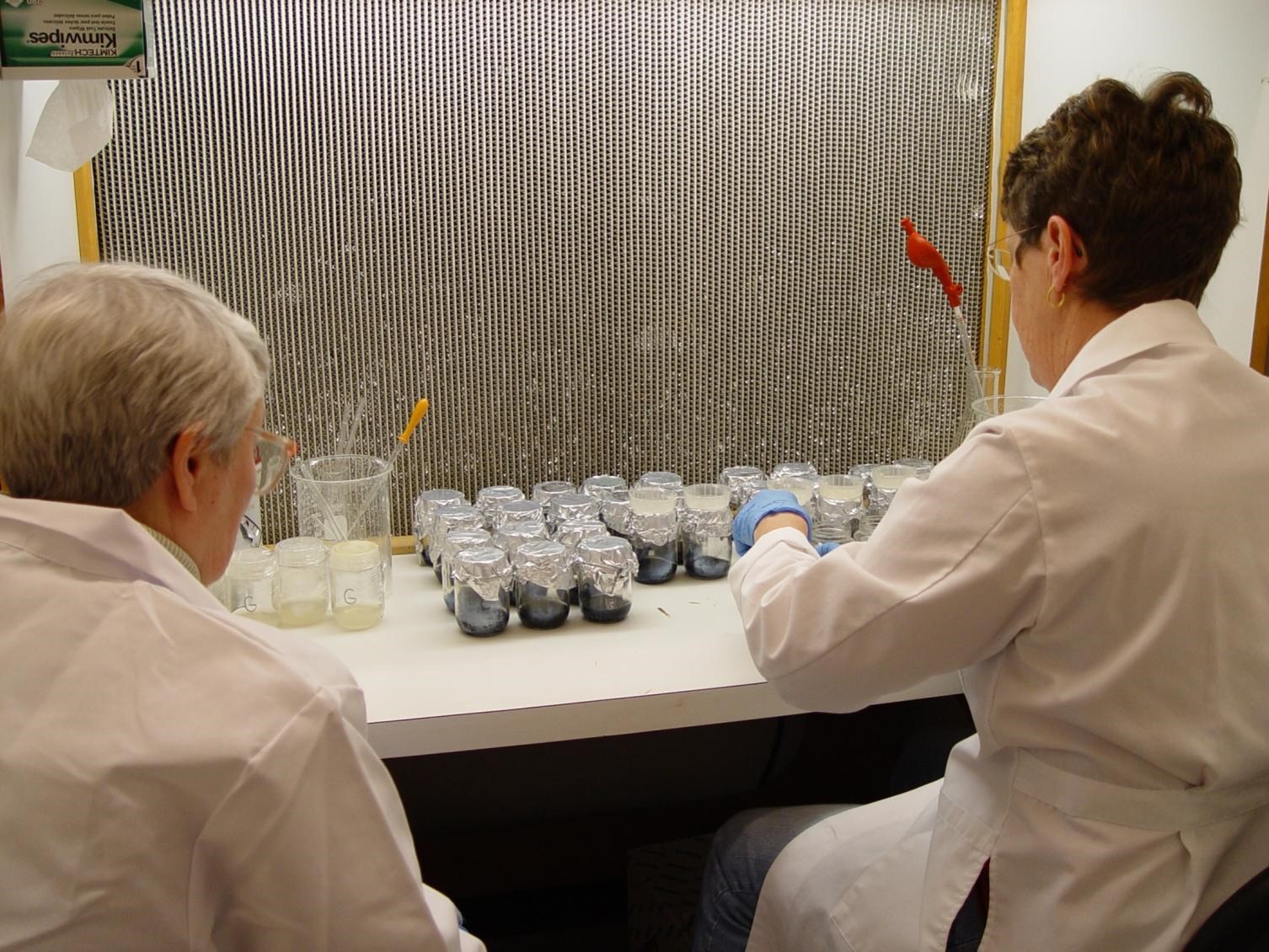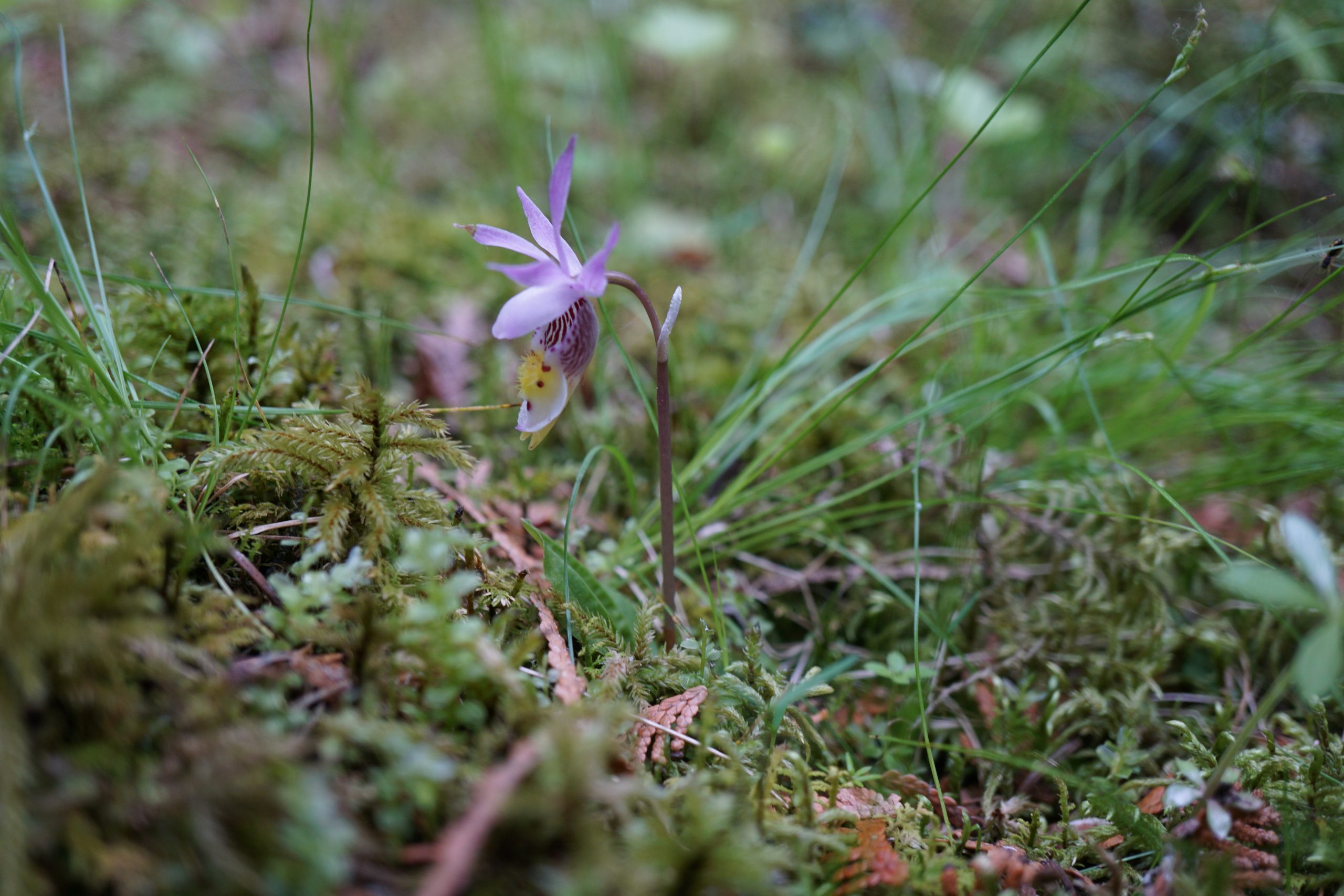The Land of a 10,000 Lakes – and Dozens of Orchids
In 2015, the University of Minnesota Landscape Arboretum (MLA) won the state lottery. Well, they were awarded a grant through the Environment and Natural Resources Trust Fund – funded by the state lottery. The grant helped their fledgling Native Orchid Conservation Program reach new heights.
When first developing their conservation program, MLA sought to focus their work on a group of plants in need that had the appeal to draw visitors and the broader public into plant conservation. As Curator of Endangered Plants, David Remucal, states, orchids “are one of the most emotionally evocative plants for people.” With that potential visitor connection and so many biological unknowns for temperate orchids, the state’s 48 native orchid species were a clear choice as a conservation focus. Giving themselves the mandate to preserve all of Minnesota’s native orchids, 20% of which are rare or endangered, and none of which are exactly common, MLA has put its lottery funds to great use. Over 30 of the species are represented in their seed bank, they have expanded to cover other parts of the country, collaborated on reintroductions, and participated in research to better understand orchids’ mycorrhizal fungi associations.
Handing over the first couple thousand rare small white lady’s slipper (Cypripedium candidum) and moccasin flower (Cypripedium acaule) to collaborators in Wisconsin for reintroduction was a thrilling moment for the program. The seedlings resulted from years of work collecting seed, working through their unique propagation needs, and waiting patiently for the resultant plants to be of suitable size. The hand-off of those seedlings moved the Native Orchid Conservation Program’s work from research to application. More reintroduction and restoration projects with orchids are on the horizon. For example, the white lady’s slipper will be part of The Nature Conservancy’s effort to restore an agricultural tract to a prairie ecosystem. Using orchids during an active, full-landscape restoration isn’t something that is really being done, so the team is excited by the possibilities for the project and its monitoring data.
Though a few species are being readied for restoration, the core of the Native Orchid Conservation Program is seed banking. Just locating populations and timing collections can be a challenge. The less flashy or more common species, such as green adder’s-mouth orchid (Malaxis unifolia) and blunt-leaved orchid (Platanthera obtusata), have proven the most lacking in initial information. Their great progress in seed collecting comes from an ability to draw on many sources of information – state biologists, academics, iNaturalist, local land stewards, and more – to learn more about the location, population sizes, and phenology of their targets. Once the seed is acquired, the team works species-by-species to figure out the best storage protocol and testing their viability – the seed banking basics.
While making big strides in ex situ conservation, the MLA program has also worked to better understand the orchid-fungi relationships. Many orchids have delicate relationships to fungi and soil – relationships threatened by changes in land use, disturbance levels, and climate change. Some of their many partners in this area are found all the way over in Belarus. Sharing a few rare species, and one Belarusian native/Minnesota invader, makes for an interesting opportunity to understand orchid-fungi affinity. And orchids have a few other delicate relationships worth studying: orchid-pollinator relationships and ties to specific hydrologies. The complex biology of orchids means that MLA’s Native Orchid Conservation Program will have plenty to research, to apply, and definitely identified a group in need. You might say that Minnesota orchids won the lottery in getting such a dedicated team on their side.



